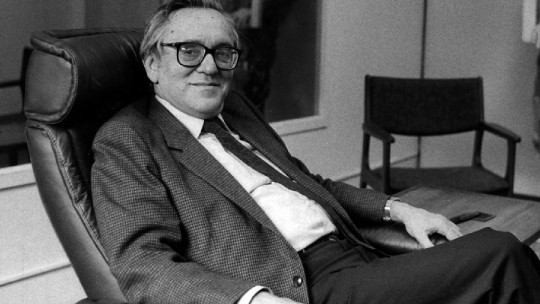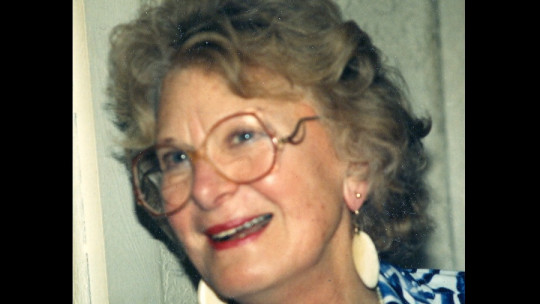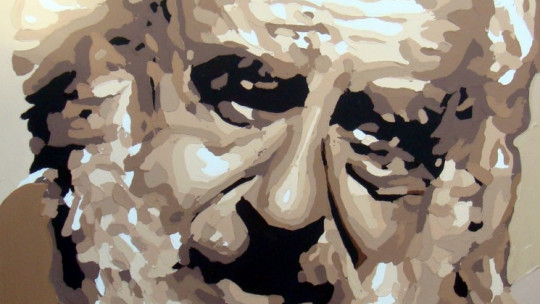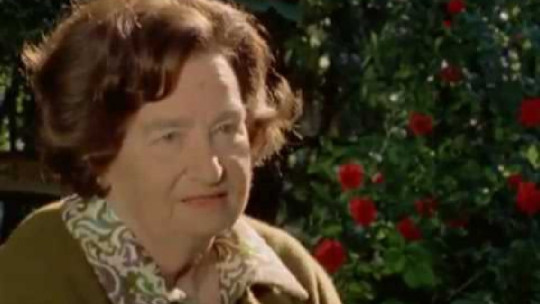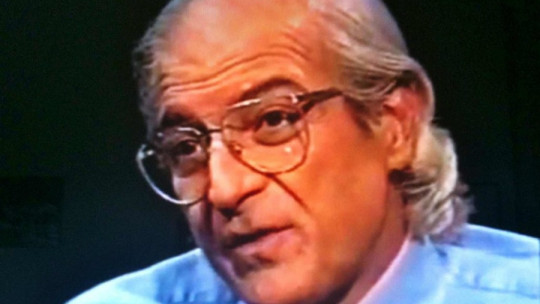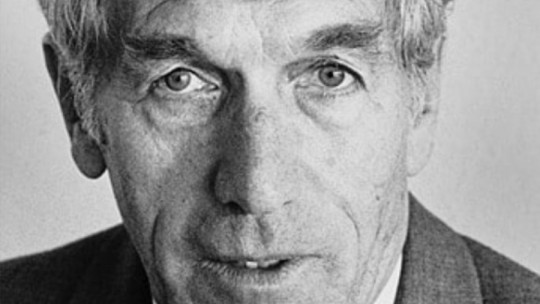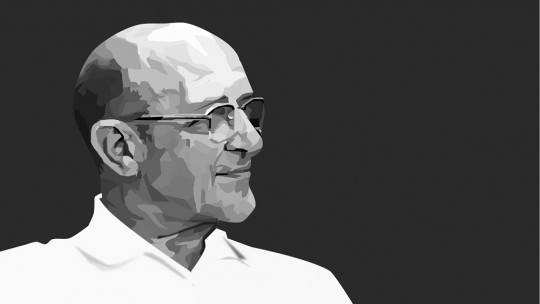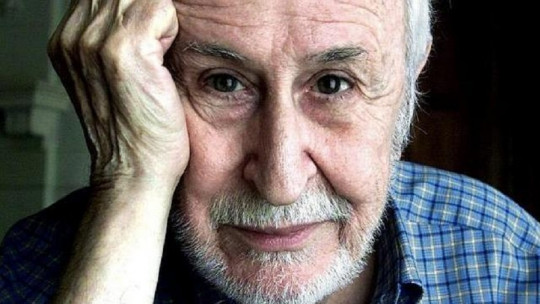Of humble origins, this precursor of family therapy never stopped carrying out his work as a therapist and teacher of other future professionals who sought to follow his model.
Minuchin’s extensive career in the field of psychotherapy allowed him to develop a new model of therapy, known as structural family therapy, originating from his work as a therapist with destructured families.
In this biography of Salvador Minuchin we will review the life of this researcher and the complete work that this Argentine psychiatrist carried out in the field of family therapy.
Brief biography of Salvador Minuchin
Salvador Minuchin was born on October 13, 1921 in the city of San Salvador, in the province of Entre Ríos (Argentina) , within a family belonging to a very close-knit community of Russian-Jewish immigrants. He was the eldest of the three children born to his parents, who made a living with a small store in their town.
His family went through numerous economic hardships due to various socioeconomic changes that occurred in the country, even losing their business after the great financial crisis of 1929, known as the Great Depression.
For this reason, his father had to dedicate himself to work as a horse driver for a time. Meanwhile, Minuchin collaborated with her mother in her work as a salesperson of all types of products. Years later, an uncle of Minuchin rescued the family business, becoming the ringleader, instead of Minuchin’s father.
Notably Despite all the financial difficulties that Salvador Minuchin’s family went through, he and his brothers never neglected their studies since their parents made sure that they never lost that opportunity that was going to be the one that would allow them to have a more prosperous future.
Admission to the Faculty of Medicine at the National University of Córdoba
In 1940, after finishing secondary education, Minuchin enters the medical school of the National University of Córdoba (Argentina) When he was in his fourth year of university, the country suffered a military coup, leaving education under the control of the State, previously being directed by representatives of teachers and students, for which several students who opposed were imprisoned, including There was Salvador Minuchin.
After spending 3 months in prison, Minuchin was readmitted to the university, graduating in 1946, choosing the specialty of pediatrics.
First stay in New York: making contact with child psychiatry
Two years after graduating, Minuchin’s attention was drawn to the war conflicts that were happening in Israel, which is why he He decides to help the Israeli army by acting as a doctor
After the war ended, Salvador Minuchin decided to travel to New York to continue training and thus specialize in child psychiatry, eventually working in a hospital with children suffering from psychotic disorders.
During that time as a worker at the New York children’s hospital He met a psychologist specialized in child development, named Patricia Pittluck, whom he married Both worked side by side in their work as psychotherapists, helping each other to continue growing in the workplace and research.
Return to Israel
In 1951, Minuchin He returns to Israel accompanied by his wife, in order to continue carrying out his work, even co-directing five institutions focused on helping children who had been orphaned during the Second World War, as well as migrant children who came from the Middle East and Asia, who had been welcomed in residences belonging to the institutions run by Minuchin.
In these institutions Minuchin learned a lot about cultural diversity and this experience allowed him to understand the benefit of working with groups instead of with individuals.
Return to the United States
In 1954, Minuchin and his wife, now parents, returned to the United States again. It is at this stage when Minuchin begins working with the psychiatrist who developed interpersonal theory, Harry Stack Sullivan at the William Alanson White Institute, where Minuchin developed his training as a psychoanalytic therapist.
Work at Wiltwyck School for Boys: origin of the development of structural family therapy
Three years after beginning his training with Sullivan, Minuchin began his work as a psychiatrist at Wiltwyck School for Boys, an educational institute attended by young people who had suffered numerous conflicts in their lives and usually belonged to broken families. There she immediately realized that working with those young people in a context such as the center and applying a series of psychological techniques was not able to help the young people and that they obtained results in the long run.
Then Minuchin decided that it would be more appropriate to work with young people with problems in their family context and, after 8 years of long work with the help of his team of collaborators, developed a theoretical model on the functioning of unstructured families creating a series of psychotherapeutic techniques that could help them.
In 1967 he published “Families of the Slums”, where he explained everything he learned in his work as a psychotherapist with the families and young people who came to study at Wiltwyck, exposing the foundations of structural family therapy, a therapeutic model established by Minuchin and his collaborators.
Structural family therapy postulates that a destructured family organization supports the problematic symptoms of young people so the objective of psychotherapy is to intervene on those family patterns that are dysfunctional and reinforce other patterns that are more useful for the proper development of a structured family climate.

- Related article: “The 8 types of families (and their characteristics)”
Stay in Philadelphia: growth of structural family therapy
The reputation of Salvador Minuchin and his collaborators did not stop increasing until he obtained the position of director of a child guidance clinic in the city of Philadelphia (USA), a place that under his direction grew dramatically until it became one of the most reputable family therapy clinics in the world.
Among his collaborators in the center, the role of Braulio Montalvo and Jay Hayley stood out; Both were part, along with Minuchin, of the development and consolidation of the structural family therapy model.
When 1975 arrived, Minuchin decided to leave his position as director of the clinic to dedicate himself to teaching his psychotherapy model to other professionals in numerous countries, so In the 1980s, structural family therapy became the most widely practiced systematic model
Since Minuchin’s clinic had an agreement with the Philadelphia hospital, he had the opportunity to work on numerous cases with families of children who suffered from various psychological problems, where he came to corroborate his theoretical hypotheses about the family structures in which he postulated. that maladaptive patterns within the family led to the development and worsening of the child’s symptoms, which could be redirected through family therapy.
New stage in New York: founding of a family therapy center
In 1984 Minuchin moved back to New York, where he founded a family therapy center while continuing to teach his psychotherapy model to other professions.
There he studied the dynamics of violence and the recovery process of a multitude of clinical cases throughout various phases of the development of a family unit. He in turn was in charge of carrying out several projects to help disadvantaged families and to deal with young people who abused some type of drug.
- You may be interested: “The 11 types of violence (and the different types of aggression)”
Years of residence in Boston
The next move of Minuchin and his family was to Boston in 1996, the city where his children and granddaughter lived During his residency in this city he is hired to supervise other therapists who work at home with families. It is as a result of his work that he publishes the book “Poverty, institution and family” with Patricia Minuchin and Jorge Colapinto.
Residence in Florida: last stage of his life
Minuchin’s last change of residence occurred in 2004, when he moved to Florida, a place where he continued teaching his family therapy model and at the same time continued his work as a popularizer of this model through books.
At 92 years old, Minuchin continued his pedagogical work around the structural family therapy model that he had been developing for more than 5 decades when it began in downtown Wiltwyck (New York).
He died at the age of 96 in the town known as Boca Raton, located in Palm Beach County, in the state of Florida (USA), leaving an extremely important legacy in psychotherapy and, more specifically, in the models of systemic family therapy, which endure to this day.
Most notable works of Salvador Minuchin
Below we review some of the main works on family psychotherapy developed by Minuchin in chronological order.
- “Families and family therapy”, in 1979
- Together with Charles H. Fishman, he developed “Family Therapy Techniques” in 1984.
- “Family kaleidoscope: images of violence and healing”, in 1985
- Collaborating with Michael Nichols, “Family Recovery: Stories of Hope and Renewal,” in 1994
- “The art of family therapy”, published in 1998.
- Together with Patricia Minuchin and Jorge Colapinto, he wrote “Poverty, institution and family” in 2000.

